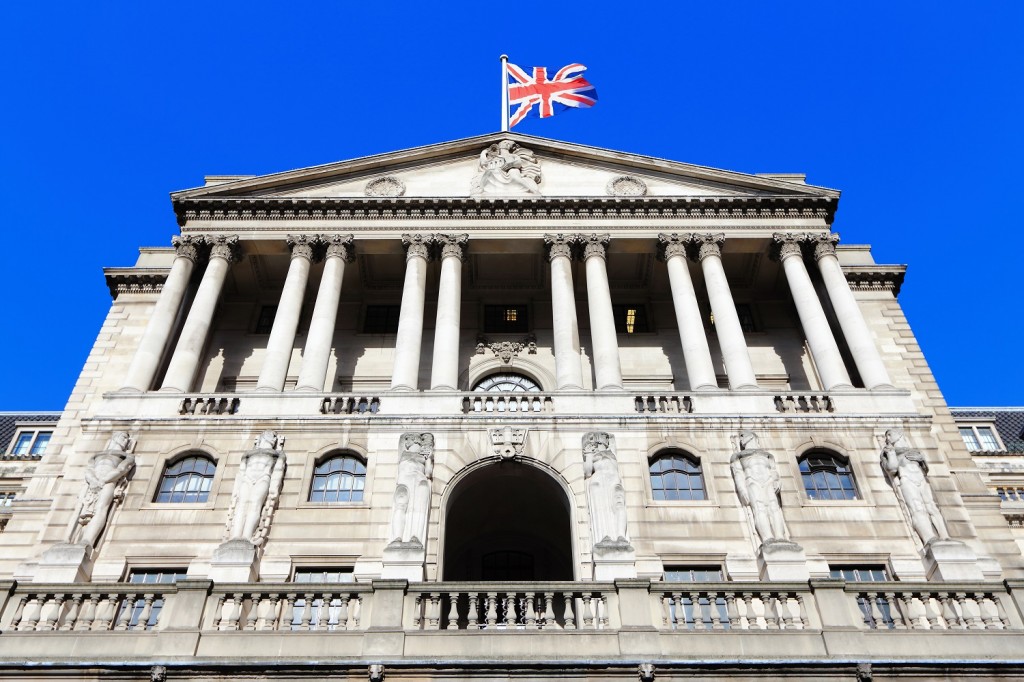
2020 looks like it could be a year that keeps us all on our toes. Whichever direction you look in, data seems to contradict both formal and informal predictions which makes planning rather interesting.
The General Election landslide has seemed to install some positivity mainly, it seems, because whatever peoples’ political persuasions, policies will in most cases now be bull-dozered through, thus we have some sort of direction. If the majority in parliament votes to meet the pledges of the manifesto, then for the first time in many years the voting public could actually start to have faith in our political system once more.
But there could still be some curve balls to deal with as the economy tries to decide which way it is heading.
In January the retail sector gave us a shock when the ONS reported sales in December only achieved 0.6% growth against a predicted 2.6%. No doubt, the late date of Black Friday in November and an election in the run up to Christmas, assisted in this, but the drop was enough to cause unexpected losses for the pound against the Euro and the Dollar. Data showed disposable household incomes in Q4 increasing at a solid pace so where do you hedge your bets on what will happen next?
The drop in retail spending could be the catalyst to cause an interest rate cut sooner rather than later. With Andrew Bailey starting as governor of the Bank of England on the 16 March, he will be looking to aide as much economic stimulus as possible. His appointment commencing so near to the next budget on 11 March means he will have plenty to consider after Savid Javid’s first budget following the Tory election win.
If rates are cut, how quickly this is passed on to borrowers verses savers will be interesting, especially when, in January following the FCA’s proposals for a minimum savings rate, some firms reportedly saw fit to reduce rates just days after.
For the majority, in one of the more stable interest rate environments we have had since the global financial crisis, any change in rates is a procedure not tested on a regular basis. Therefore it is prudent to start testing rate change routines within internal systems sooner rather than later and prepare for the usual influx of correspondence and calls. Those that have customer self-service portals will streamline the process more enabling staff to manage enquiries by exception rather than dealing with every query.
By engaging with customers with the same rigour and resilience as we have done over the past ten years, there is no reason why it cannot be a very successful one for all.



